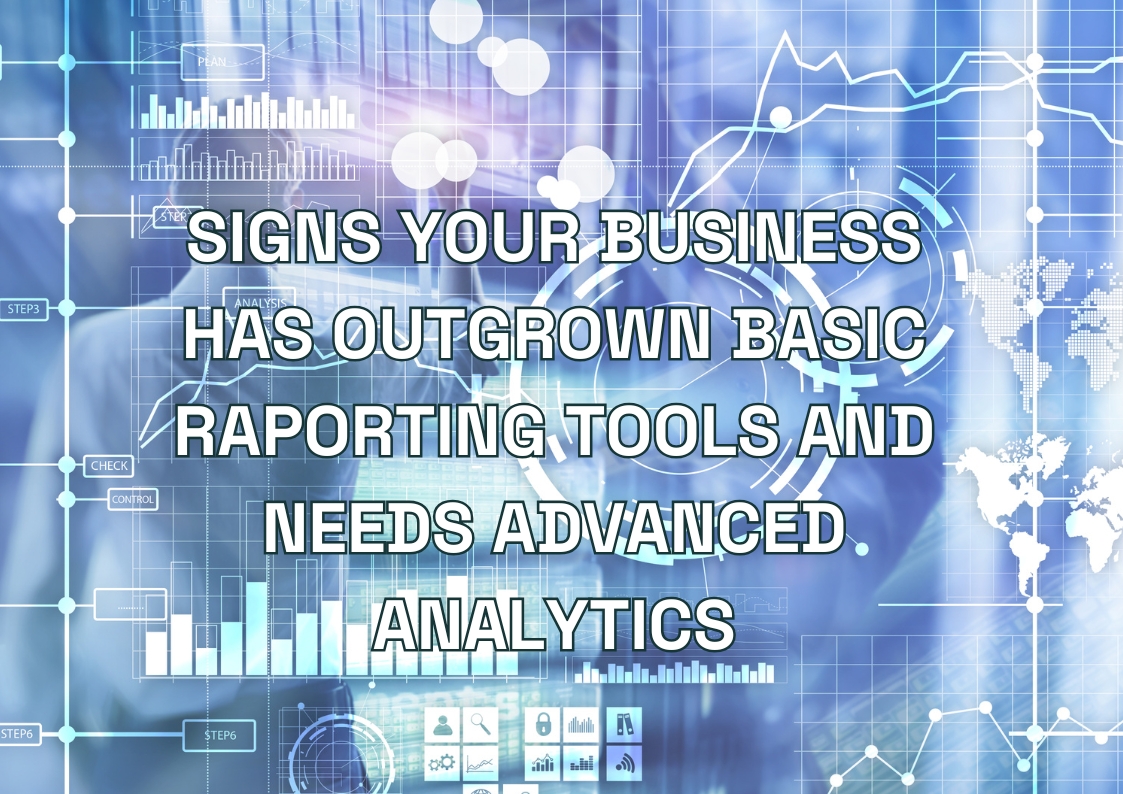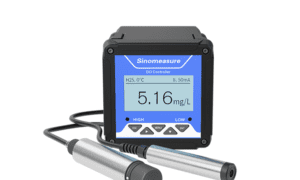Your business is growing—but are your reporting tools keeping up? If you’re spending more time building reports than analyzing them, or if critical decisions are delayed by outdated data, it might be time to rethink your analytics stack. Discover the signs that your company has outgrown spreadsheets and static dashboards—and how modern solutions like Power BI can unlock deeper insights and faster results.
When Spreadsheets and Static Dashboards Are No Longer Enough
Even the most sophisticated spreadsheet eventually hits its ceiling. As companies scale, the tools that once supported their decision-making processes start showing cracks. Excel files become bloated and error-prone, legacy BI systems struggle with speed, and business users lose patience waiting for the latest report to land in their inbox.
Traditional reporting methods often rely on manual data entry, disconnected systems, and static dashboards that offer little beyond surface-level visibility. In today’s fast-moving business landscape, that’s not just inconvenient—it’s risky.
Growing data complexity and volume
With every new customer, system, and department, your data grows—both in size and complexity. Spreadsheets were never designed to handle millions of records from diverse sources, and legacy systems often lack the power to deliver real-time processing. The result? Delays, duplicated data, and a fragmented view of your operations.
Cross-departmental reporting challenges
As your business diversifies, so do the reporting needs of your teams. Finance, sales, marketing, and operations each rely on different KPIs and data inputs. But when everyone pulls from separate sources or struggles with incompatible formats, collaboration breaks down. Consolidating this data into a unified view becomes a time-consuming, error-prone task.
Lack of predictive or prescriptive analytics
Basic tools might tell you what happened—but they rarely tell you why it happened or what to do next. Without predictive or prescriptive capabilities, you’re stuck looking in the rearview mirror instead of planning for what’s ahead. That puts your business at a disadvantage in competitive, data-driven markets.
Key Business Signals That It’s Time to Upgrade to Advanced Analytics
Recognizing when your business has outgrown its reporting tools is essential for staying competitive. Whether you’re an executive, IT leader, or operations manager, knowing the signs early can help you avoid costly delays and missed opportunities. Below are some of the most common red flags that indicate it’s time to move beyond basic dashboards and embrace advanced analytics.
Decision-making delays due to slow or outdated reports
If decision-makers are forced to wait hours—or even days—for updated reports, it’s a clear sign your current analytics infrastructure is slowing you down. Delays often stem from manual data aggregation, outdated ETL processes, or limited access to live data. In today’s real-time business environment, speed is not a luxury—it’s a requirement.
Inability to customize reports for different stakeholders
Leaders across departments need tailored insights, not one-size-fits-all summaries. When your existing tools can’t support customizable dashboards or role-based data access, teams are left making decisions with partial or irrelevant information. This often leads to misalignment and inconsistent performance tracking.
Missed opportunities for optimization and forecasting
Perhaps the biggest risk of all: leaving valuable insights untapped. Without tools that support predictive analytics, scenario modeling, or real-time trend analysis, businesses can’t fully capitalize on market shifts, customer behavior, or operational efficiencies. That’s where solutions like those offered by Microsoft Power BI consulting come into play—helping companies turn raw data into actionable foresight.
What Advanced Analytics Can Do That Basic Tools Can’t
Advanced analytics isn’t just a trend—it’s a fundamental shift in how modern businesses make decisions. While traditional tools may show you what’s happening, advanced platforms empower you to understand why it’s happening and what you should do next. With the right solution, organizations gain the speed, flexibility, and insight needed to thrive in an increasingly competitive environment.
Real-time data access and interactive dashboards
Gone are the days of waiting for end-of-month reports. Advanced analytics platforms provide real-time dashboards that enable users to explore data on demand, drill down into specifics, and spot issues before they escalate. Interactive visuals make trends and anomalies immediately visible, reducing the time between insight and action.
Scenario planning and predictive modeling capabilities
Predicting future outcomes used to require complex, specialized software. Today, modern tools offer built-in AI and machine learning, allowing businesses to simulate scenarios, forecast trends, and assess the impact of strategic decisions before they’re made. This foresight can be the difference between reacting to change and getting ahead of it.
Integration with multiple data sources
One of the biggest strengths of solutions like Power BI development and implementation is the ability to unify data from across your ecosystem. Whether it’s ERP data, CRM insights, or sensor streams from IoT devices, advanced analytics platforms provide a single source of truth—eliminating silos and enabling end-to-end visibility.
Why Power BI Is the Preferred Choice for Growing Organizations
Microsoft Power BI has quickly become the go-to solution for organizations seeking advanced analytics without the overhead of traditional enterprise systems. Its scalability, accessibility, and integration capabilities make it ideal for both mid-sized businesses and global enterprises.
Enterprise-grade features at SMB-friendly costs
Power BI brings powerful data analytics capabilities—such as AI integration, advanced modeling, and interactive visualizations—at a fraction of the cost of legacy platforms. It offers a flexible licensing model that grows with your organization, making it a cost-effective option even for companies with limited IT resources.
Seamless integration with Microsoft ecosystem and beyond
For businesses already using tools like Microsoft 365, Azure, or Dynamics, Power BI is a natural fit. But it’s also built to connect with hundreds of non-Microsoft services, from Salesforce to SAP to Google Analytics. This flexibility is one reason why Microsoft Power BI services experts are in high demand—they can help businesses make the most of this rich integration landscape.
Strong community, support, and continuous innovation
As a Microsoft product, Power BI benefits from a vast community of developers, consultants, and certified partners. Frequent updates, feature enhancements, and a global support network ensure that users always have access to the latest tools and best practices.
As businesses grow, so do their data challenges. When spreadsheets and outdated BI tools start holding you back, it’s time to embrace advanced analytics. Platforms like Microsoft Power BI offer real-time insights, predictive modeling, and seamless integration that basic tools simply can’t match. By partnering with Microsoft Power BI services experts, organizations gain the strategic advantage of speed, agility, and deeper decision-making power—supported by smart, scalable technology and expert implementation.



































